Search Images
Browse Content (p. 350)
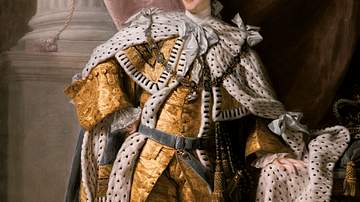
Image
George III in Coronation Robes
A c. 1765 portrait by Allan Ramsay of George III of Great Britain (r. 1760-1820) dressed in his coronation robes. (Art Gallery of South Australia)
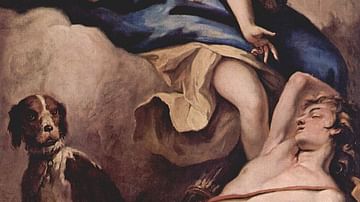
Image
Selene and Endymion
Selene and Endymion, oil on canvas by Sebastiano Ricci, c. 1713.
Chiswick House, London.
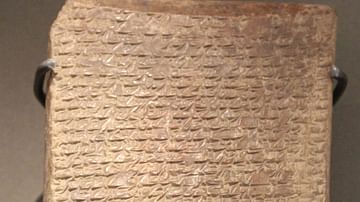
Image
Ludlul-Bel-Nemeqi
Tablet of the Sumerian and later Babylonian poem Ludlul-Bel-Nemeqi, also known as The Poem of the Righteous Sufferer, from Library of Ashurbanipal the 7th century BCE, Nineveh
Deposit from the British Museum at the Louvre Museum, Paris.

Image
George III by Ramsay
A 1762 portrait of George III of Great Britain (r. 1760-1820) by Allan Ramsay. (Historicalportraits.com)
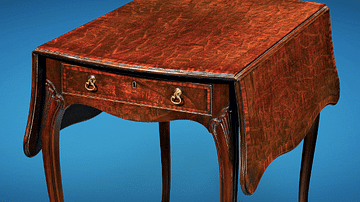
Image
Pembroke Table by Chippendale
An 18th-century Pembroke table by the celebrated British furniture manufacturer Thomas Chippendale (1718–1779).
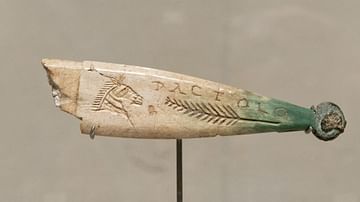
Image
Auriga Knife Handle
Charioteer's folding knife handle with a horse. Rome, 4th century BCE. (Museum of the National Library of France, Paris)
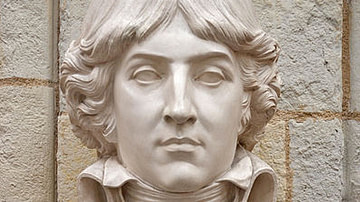
Image
Bust of Louis-Antoine de Saint-Just
Bust of Louis Antoine de Saint-Just by French sculptor David d'Angers, 1848.
David d'Angers Gallery, Angers, France.
Photo credits to Wikipedia user Selbymay, 2011.
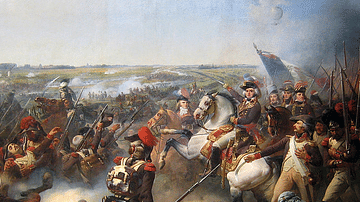
Image
Battle of Fleurus
The Battle of Fleurus, 26 June 1794. A French army achieved victory over the Austrians, turning the tide of the War of the First Coalition decisively in France's favor. Depicted on the white horse in General Jean-Baptiste Jourdan who commanded...
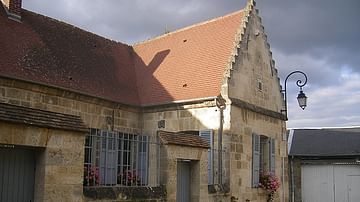
Image
Home of Saint-Just in Blérancourt
The house where Louis-Antoine de Saint-Just lived as a teenager in the rural town of Blérancourt, now a museum.
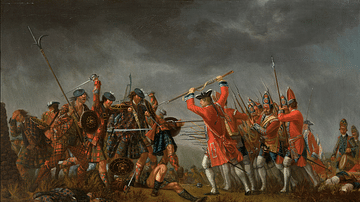
Image
Battle of Culloden
An 18th-century painting by David Morier showing the Battle of Culloden on 16 April 1746 in Scotland where the Jacobite Rebellion, which attempted to replace George II of Great Britain (r. 1727-1760) and return to the Royal Stuart line, was...